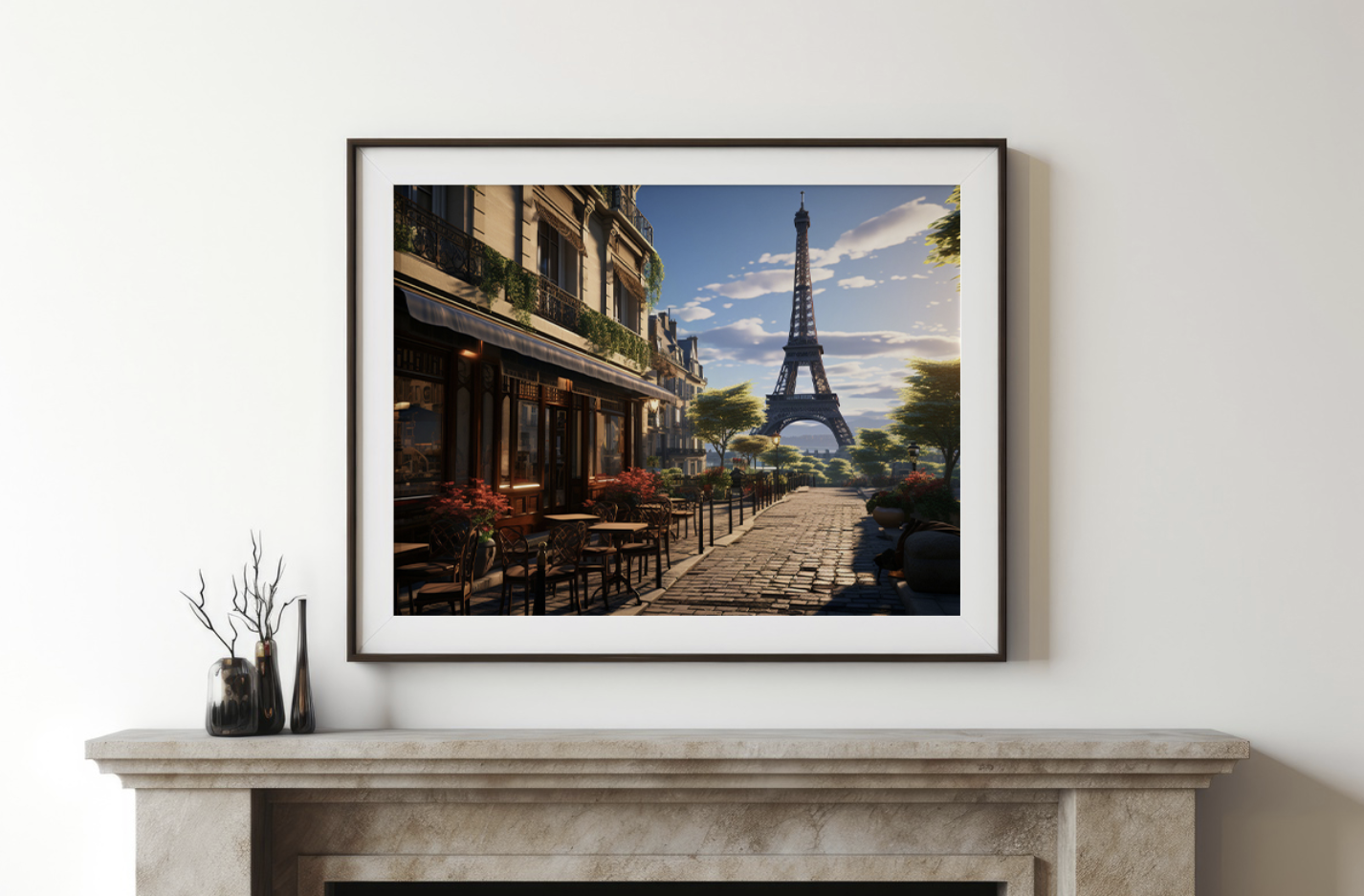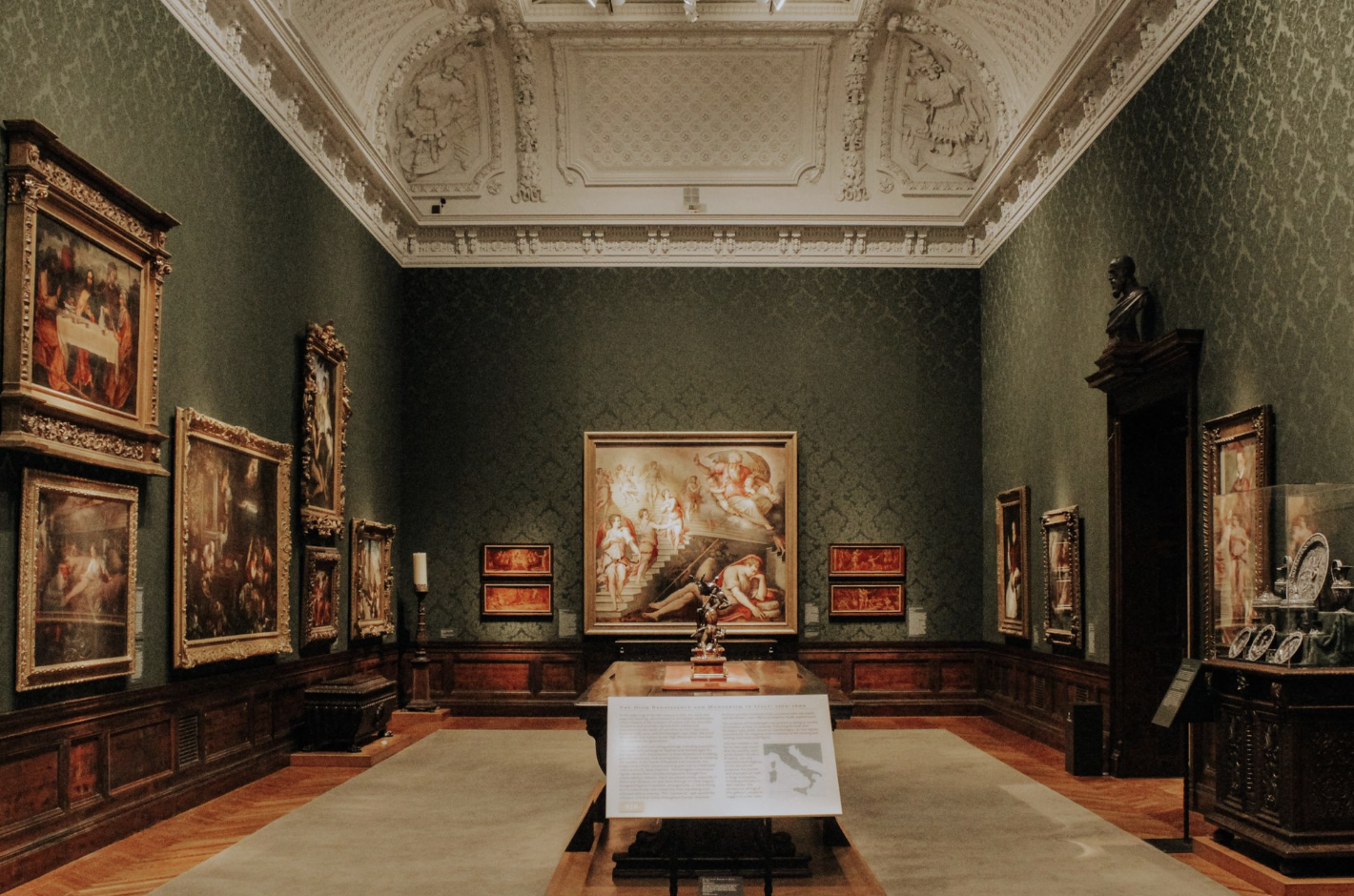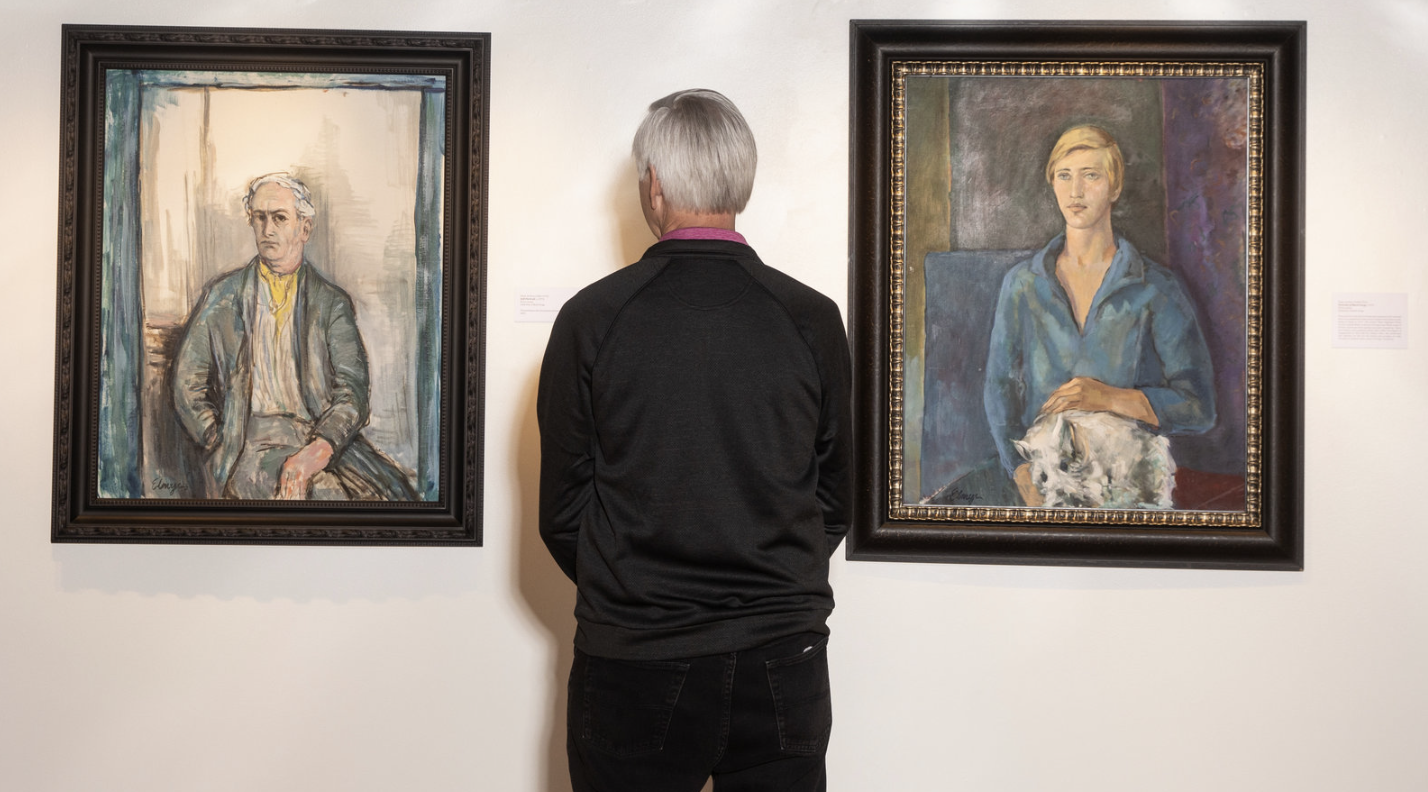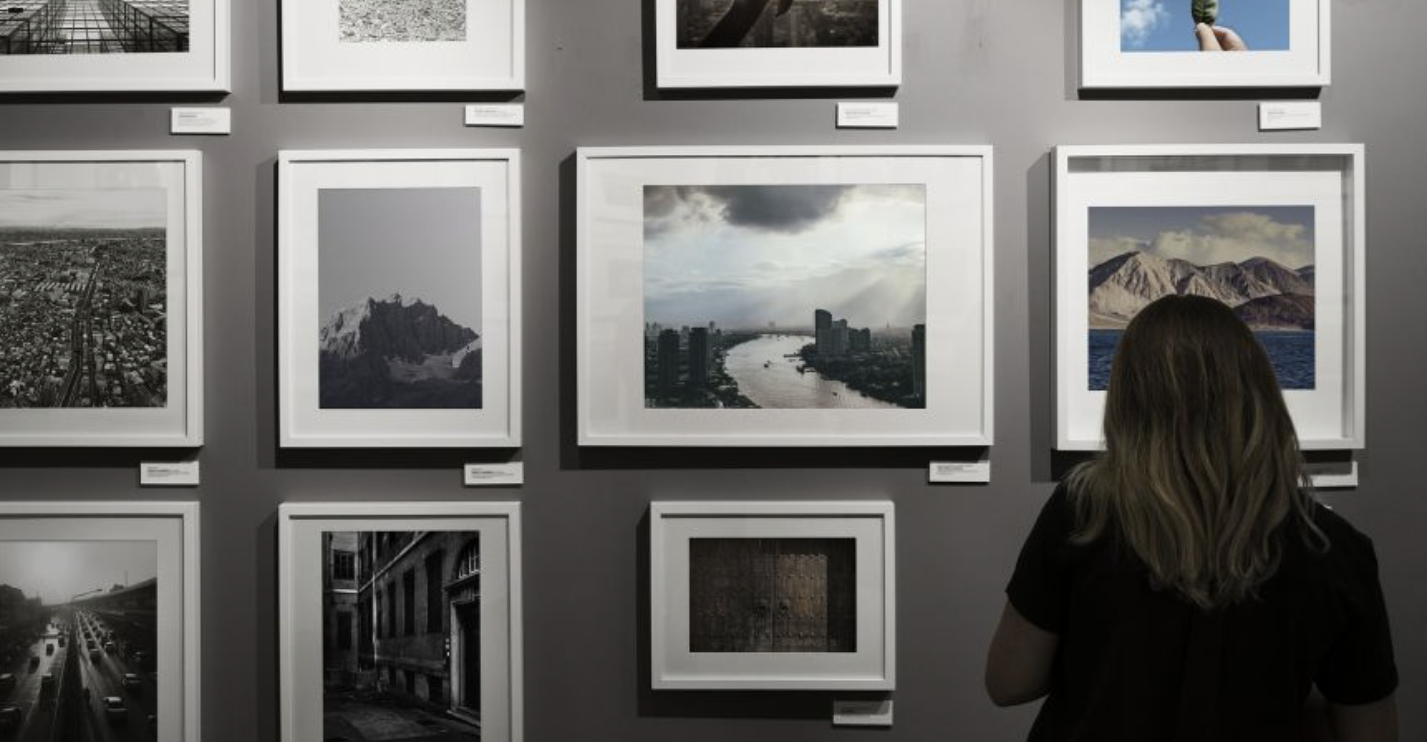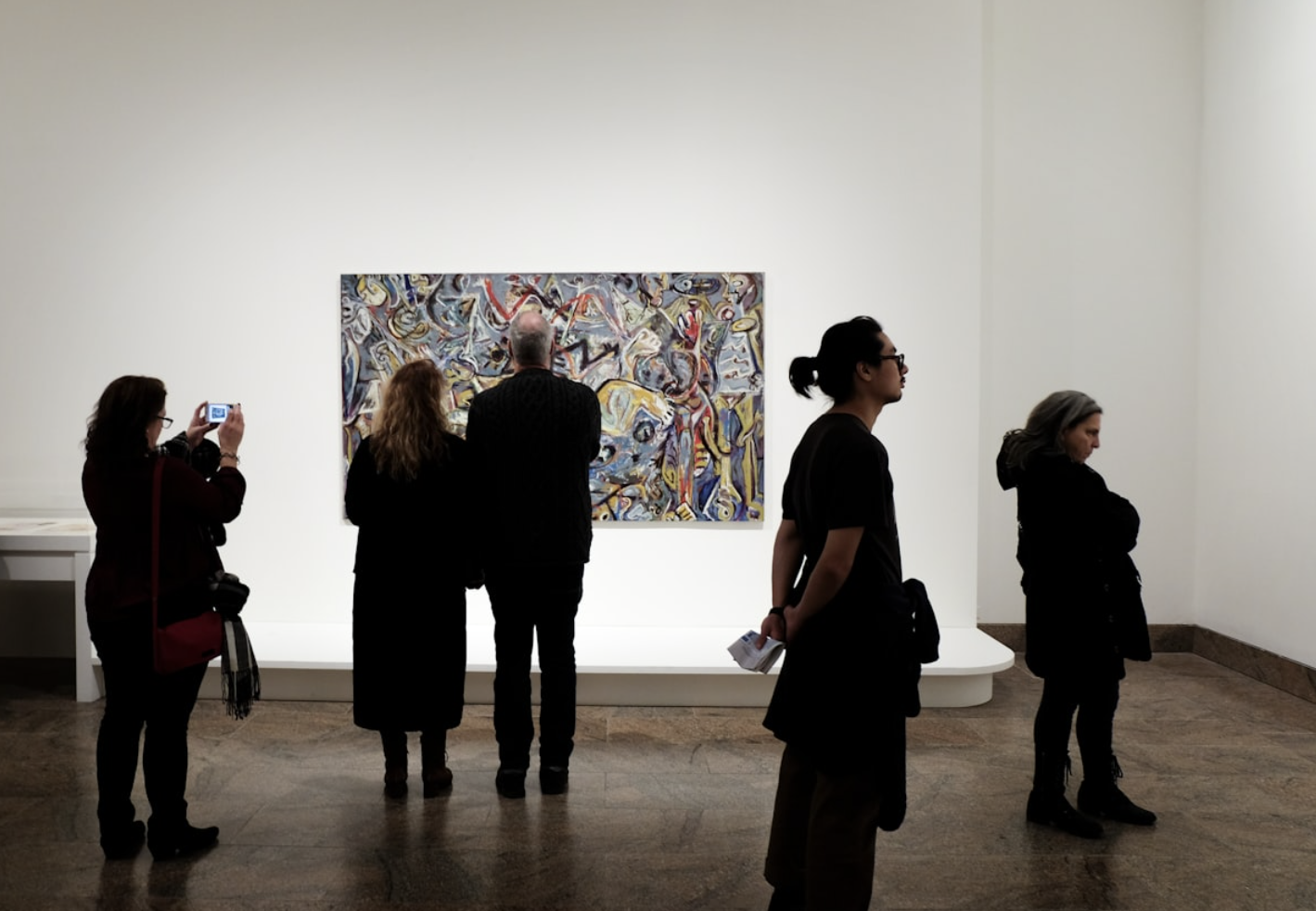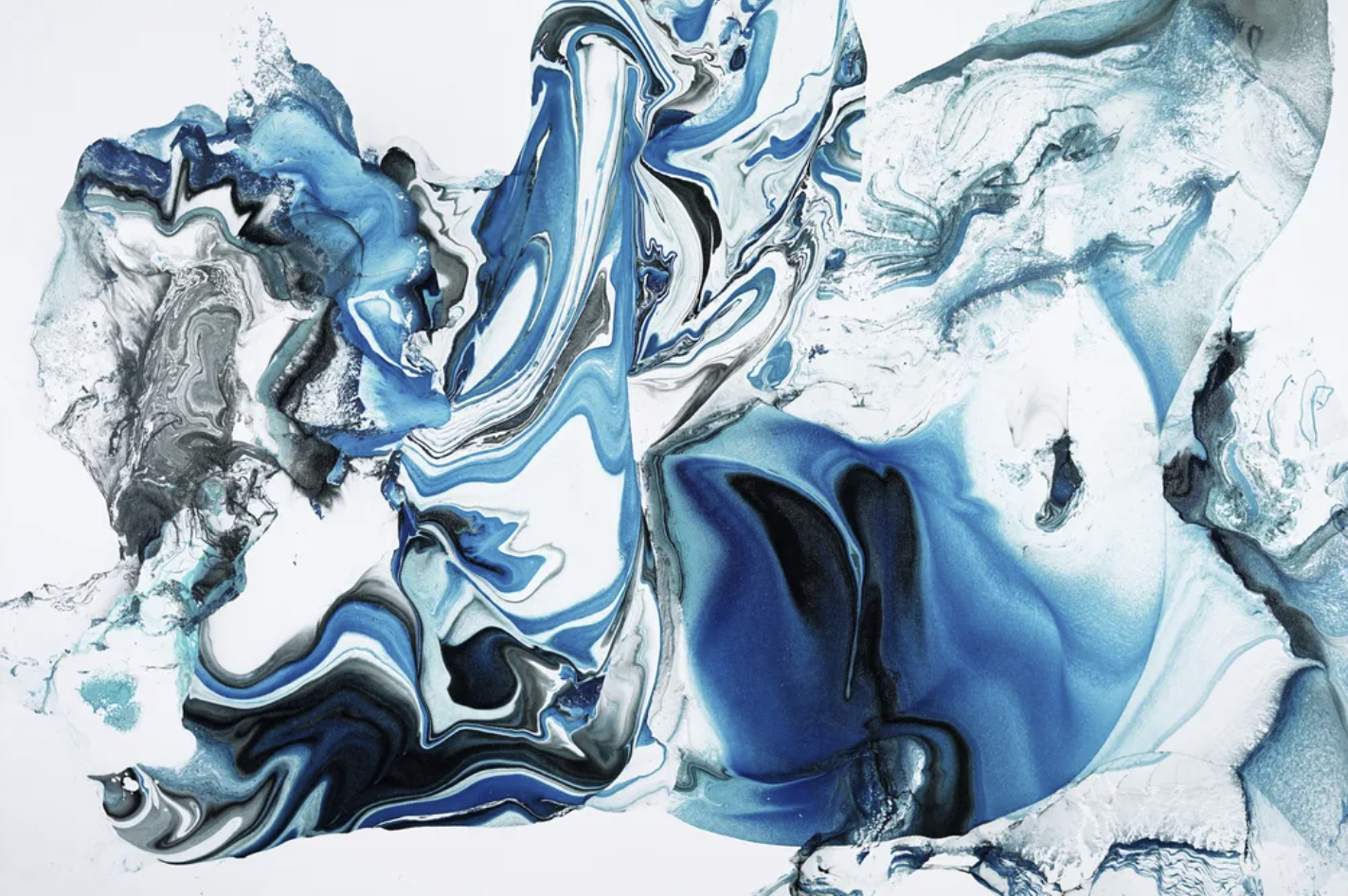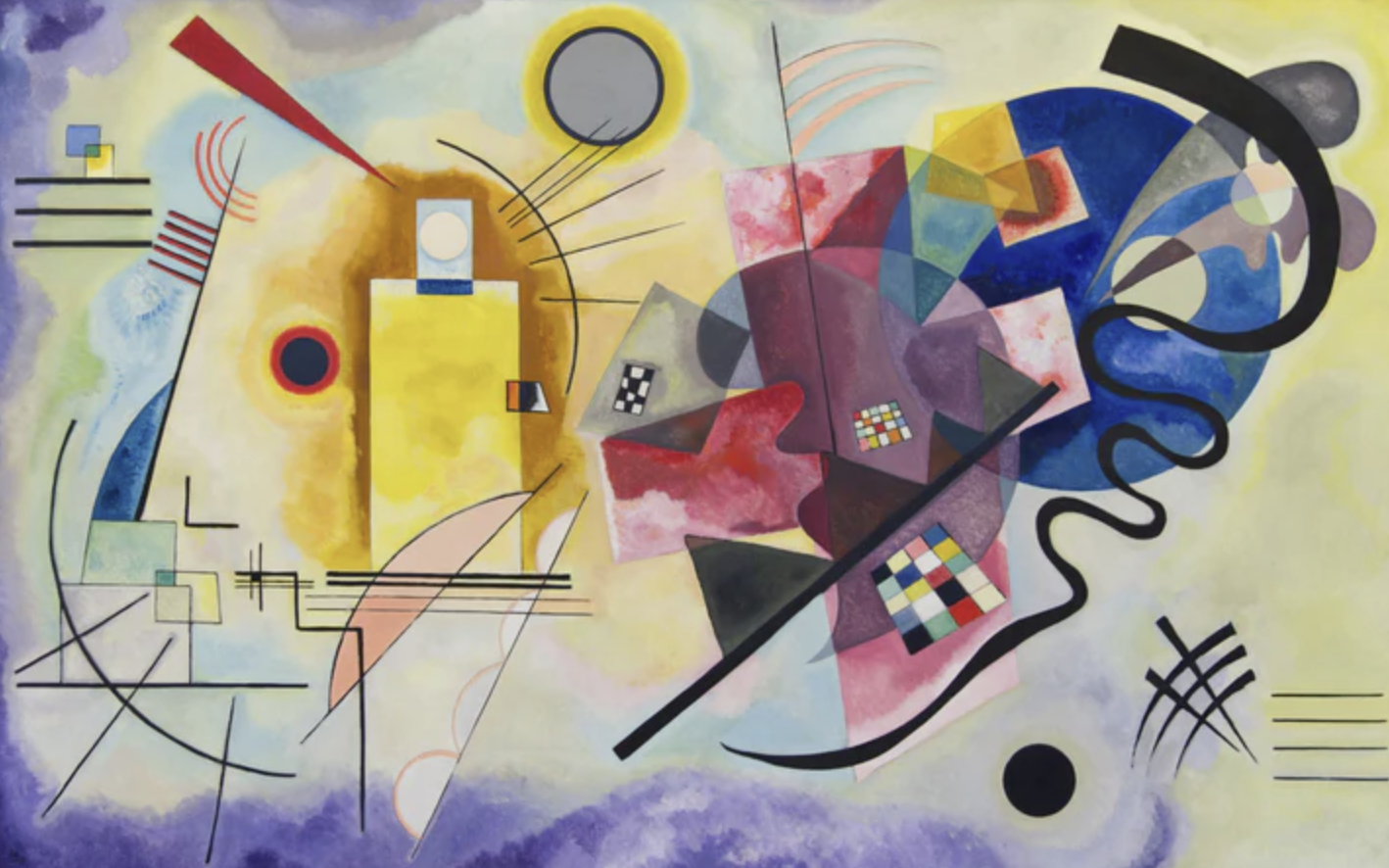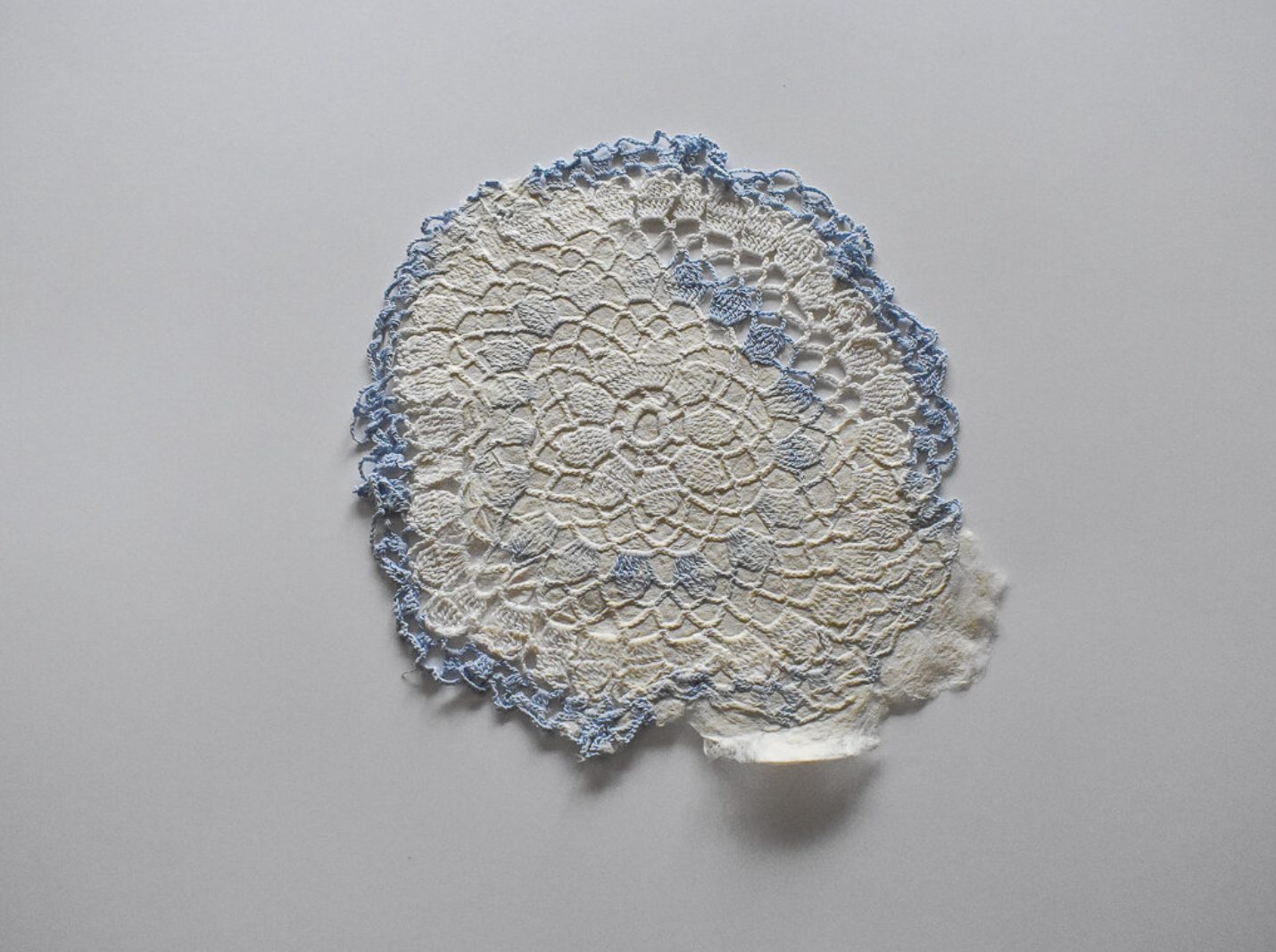
Art collecting is as much about passion as it is about investment, but who exactly are the individuals who seek out art for various purposes? From those seeking prestige to those driven by pure love for the craft, art buyers come in all shapes and sizes. Here’s a breakdown of the main types of art buyers and collectors and how they approach the world of art acquisition.
1. The Trophy Hunter: Art as a Symbol of Prestige
The trophy hunter is a unique type of art buyer. These collectors are typically individuals with substantial financial resources, ready to invest when they identify a rare and valuable piece. For them, art is more than just a beautiful object; it’s a prestigious commodity. These buyers often focus on acquiring works that hold significant monetary value or historical importance. They frequent high-end auction houses and, for many artists, these collectors represent the pinnacle of success—though most may never have the opportunity to encounter a collector of this caliber.
2. The True Art Lover: For the Beauty of the Piece
Unlike the trophy hunters, some art buyers are purely motivated by a deep love for art itself. These individuals are fascinated by the craftsmanship, colors, and emotional impact of a piece, rather than its price tag. They enjoy the process of purchasing art for its aesthetic qualities, spending hours studying the smallest details. Whether the piece is by a well-known artist or an unknown creator, these collectors are drawn to art that resonates with them personally, often purchasing with the intent to simply enjoy the piece over time.
3. The Adventurous Collector: Seeking New and Unconventional Works
For some, art collecting is an exciting adventure, and their acquisitions reflect this sense of exploration. These buyers are known for their willingness to take risks and follow their instincts. They often pursue art that is unconventional or challenging, willing to explore emerging artists or untested styles. This type of collector thrives on discovering unique works that break boundaries or challenge the status quo, often making bold choices in their purchases.
4. The Spiritual Collector: Art as a Path to Self-Discovery
A more specific subset of art lovers is the spiritual collector. This type of buyer approaches art with a deep sense of introspection and a desire for personal growth. They see contemporary art as a powerful tool for exploring the world from new perspectives. For them, art isn’t just something to admire—it’s a means of understanding the complexities of life, society, and the human experience. These collectors often feel that art has the potential to elevate their own spiritual journey.
5. The Discreet Collector: Quietly Building a Private Collection
Some art buyers prefer to remain under the radar, even though they may have extensive collections. These discreet collectors often belong to a select group of individuals who value privacy and exclusivity. They are less likely to seek attention and may even lend their artworks to museums for exhibitions, maintaining a low profile despite their vast collections. For them, the art world is a more intimate, private experience, one that doesn’t require public recognition.
6. The Online Art Collector: Embracing the Digital Shift
In recent years, the art market has expanded online, making art accessible to collectors from all corners of the globe. Whether they are trophy hunters or passionate art lovers, many collectors are increasingly purchasing art through online platforms. While the online art market has experienced substantial growth, it’s still relatively new for many buyers. Recent reports show that online sales accounted for around 10% of the total art market by early 2020, with online sales in 2019 reaching $4.82 billion, a modest increase from previous years.
However, the COVID-19 pandemic is expected to drive further growth in online art sales, as physical galleries and auctions are limited by the current global situation. As more people embrace digital purchasing across various sectors, art buyers are following suit. Approximately 50% of art buyers have already purchased pieces online without seeing them in person, a trend that is expected to grow in the future.
The Future of Online Art Sales
Despite the growth in online art purchases, some individuals are still hesitant about buying art digitally. However, platforms like Artalistic are stepping up to bridge the gap between traditional collectors and the digital world. With a team of experienced professionals, Artalistic is committed to guiding buyers and collectors through every stage of their art acquisition journey. Whether you’re an artist, investor, or simply an art enthusiast, the future of art collecting is undoubtedly shifting toward the digital realm.
Conclusion
From passionate art lovers to strategic investors, the world of art collecting is full of diverse individuals with different motivations. As the art market continues to grow and evolve, the accessibility of online platforms will likely continue to shape the way collectors and buyers engage with art. Whether you’re seeking prestige, a deep personal connection, or an exciting investment opportunity, there’s no shortage of ways to get involved in this ever-expanding field.




